For anyone with a motorcycle, having a torque wrench is crucial. Constant use of your bike can lead to a couple of bolts and nuts loosening up. There are different types of wrenches depending on your specifications and needs. The wrench uses its mechanical advantage to achieve an accurate measure. That said, what is the best size torque wrench for a motorcycle? But before we get to that, let’s take a quick look at some of the information you need to know about torque wrenches.
Do I Need A Torque Wrench?
The straight-up answer is; Yes! Most people prefer to go to the garage because they have no idea how to operate the torque wrench. All torque wrenches have inbuilt scales, and depending on how comfortable you get with the tool; there are different varieties. A torque wrench allows you to tighten light metals such as aluminum, which can easily dent to a manufacturer’s specification. They are used to set bolt pulleys, seal the mating surface between the gasket and the crush plate, bearings, and many more.
What Size Torque Wrench For A Motorcycle?
When it comes to Torque wrench sizes, it depends on the use. That’s because you still need to check on the size of your bike. All in all, in most cases, all sizes of torque wrenches will work incredibly well with your motorcycle. Some bikers prefer the electrical while others like the manual. It’s all about your preferences and needs.
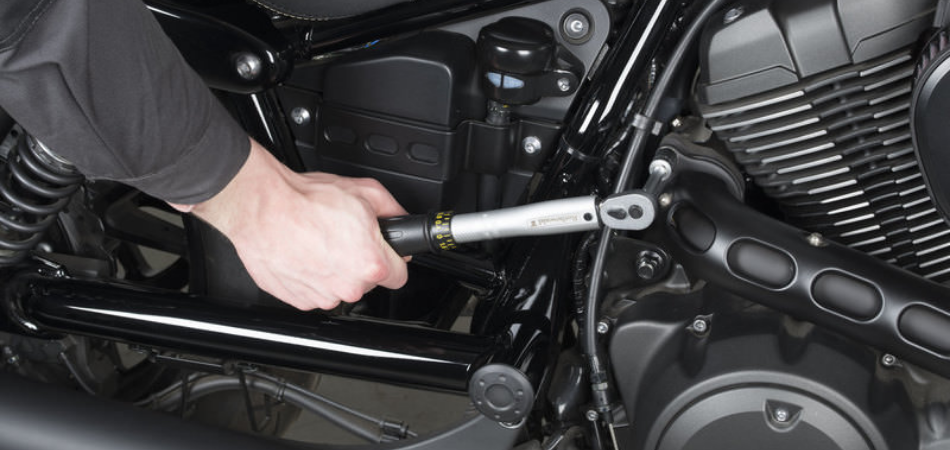
How To Use A Torque Wrench On A Motorcycle
A good torque wrench for a motorcycle is designed to apply a certain amount of pressure to a fastener. The measure of force typically depends on the tool’s handle and length. The handle contains an internal mechanical indicator that connects to a calibrated scale. Once the indicator determines the desired torque has been reached, you can stop twisting the bolt.
Several precautions must be observed when using the torque wrench
- Don’t try to open a fastener and only use it for tightening because the torque needed to open is greater than the torque required to tighten.
- Continuously apply force without pausing.
- When using it, keep a firm hold on the wrench’s head as well as the handle.
- Don’t attempt to shock load it when using it.
How Is Torque Calculated?
The standard formula would be length and force multiplied together. Force is measured in NM (Newton-meters), foot-pounds (lbs/ft), and kilogram meters (kgf m). When threaded torque is applied to the fastener, it draws the joint together, creating a clamp load as it begins to stretch. To determine the clamp load, various things have to be considered.
- External friction on the joint
- Material and grade on the fastener
- Amount of torque applied on the fastener
If an inaccurate amount of torque is applied, it can loosen and break fasteners and equipment failure.
Types Of Torque Wrenches
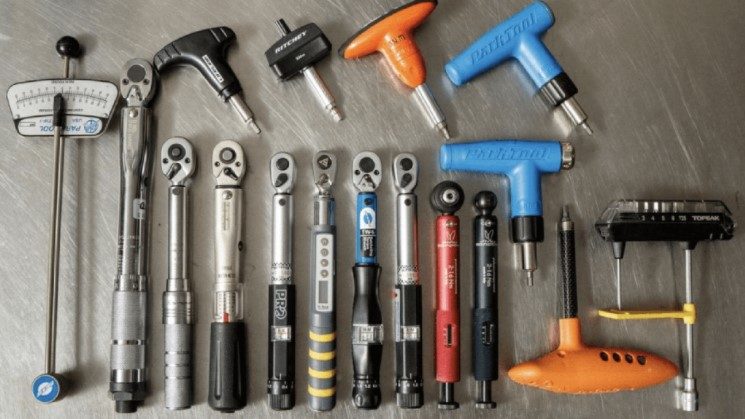
1. Digital
It can be pretty pricey but comes with a digital dial making it very easy to use. Also referred to as the electronic wrench, it features an industrial-grade electric sensor that offers accurate and durable results every time.
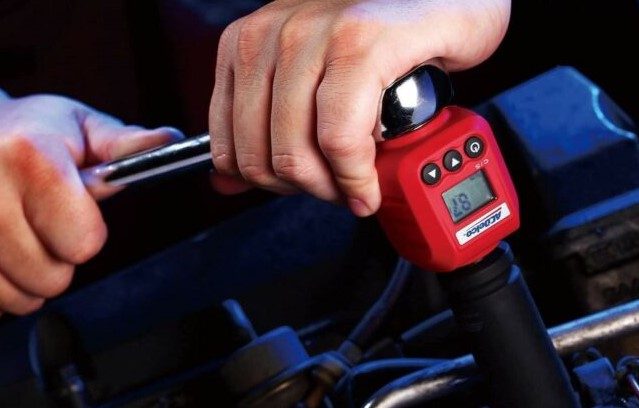
Additional features such as previous recording readings, which can later be uploaded on your computer to your spreadsheets, make the device very marketable. This wrench has an electric motor that makes the adjustment needed when applying torque to joints. Once the required torque is reached, you’ll hear a very audible beep and see the reading displayed through LED.
2. Clicker type
The name ‘clicker’ uses the ‘click’ sound to show the required torque has been achieved. It uses a spring-loaded lever which is easily adjusted by twisting the handle to the correct setting. Once the required torque is reached, the lever breaks, making the clicking noise. Continuous adjustment may result in severe damages to the nut or bolt being adjusted.
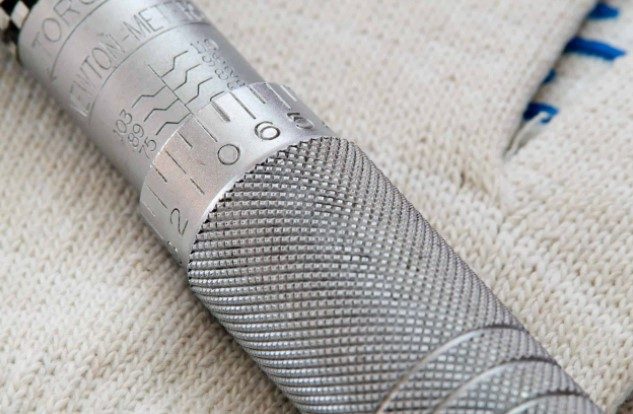
The wrench has an ergonomic grip and a simple-to-read scale. It can be used both clockwise and anticlockwise, meaning you’ll never have to worry about the head loosening up when tightening your nuts or bolt.
3. Dial indicator
It simply has a dial attached to the head to indicate the amount of torque applied. It’s also used to test, audit, and verify the torque applied to joints. This wrench captures a finishing torque applied to a fastener with a memory pointer to provide a high level of accuracy.
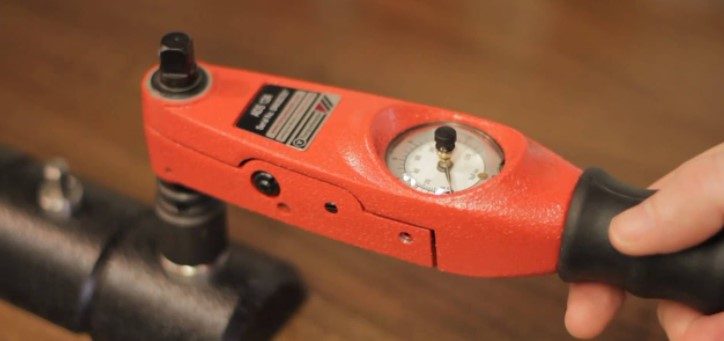
4. Beam type
When it comes to wrenches, this is the most basic of all types. This has the pointer beam attached to the wrench’s head. As the wrench is used to apply torque, the beam stays in place, and the scale beneath the indicator stays in place to indicate the amount of pressure applied. However, they are typically heavy in weight, and because they are manual, they are cumbersome compared to more developed styles.
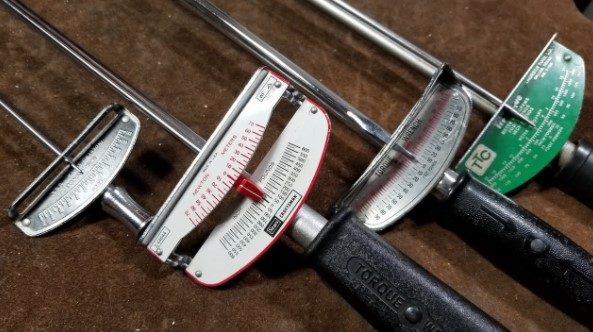
5. Interchangeable head torque wrenches
They are incredibly versatile, which makes them a preferred choice for automotive and mechanics. Once the right amount of torque is applied, the tools emit a warning signal or a “click” to prevent tightening too hard.
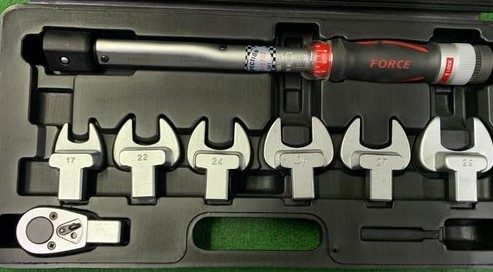
6. Micrometer torque wrenches
It has forward and reverses capabilities. With its quick-release trigger, it’s easy to set, adjust and read the torque measurements. And because it’s portable, it has a rubber bumper on the head as a safety measure. The wrench provides a fast, tightening fit for metalworking, plumbing, and other industrial jobs, making it very versatile.
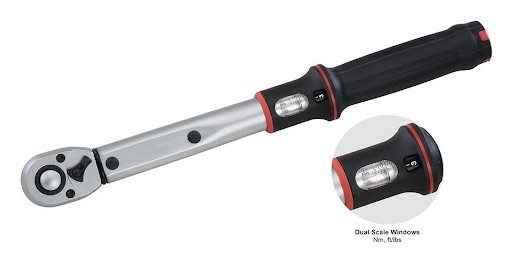
Things To Look Out For When Purchasing A Wrench
From the different types of wrenches available, you need to distinguish what kind of wrench to buy regarding your needs. Even though the different types of wrenches achieve the same goal, each tool gives different results. Below are features to consider before purchasing a wrench.
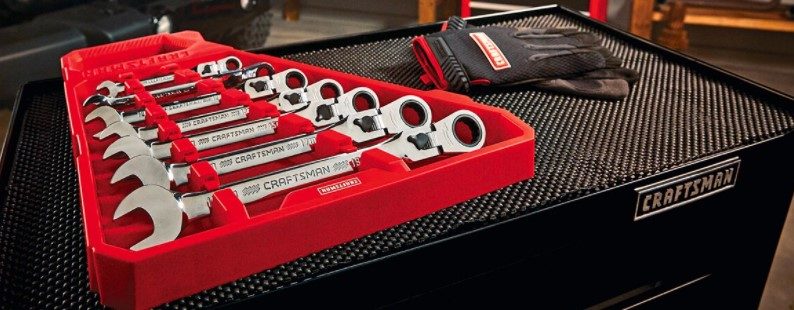
- Material: you don’t want to purchase a tool that may not last. It’s essential to choose durable material and buy the right tool.
- Grip: a tool that is easy to handle when working on your bike makes the job seamless and smooth. Also, check for safety when handling the wrench.
- Storage: Do you have a safe place for storing your tools? Careless storage can lead to catastrophic results. Make sure your workbench has appropriate shelving and storage racks for each tool.
- Torque wrench calibration: You need to purchase a wrench that has accurate readings. It’s crucial that you get a tool from a shop with the proper equipment required to calibrate the tool.
- Warranty: every tool has a warranty, primarily if they’re used often.
The Bottom Line
All in all, a wrench is a must-have tool in your toolbox. You can quickly tighten parts on your motorcycle to prevent further damages or accidents from occurring due to loose parts. It’s crucial to tighten fasteners according to manufacture requirements, and the torque wrench is the tool that will help you achieve this.
